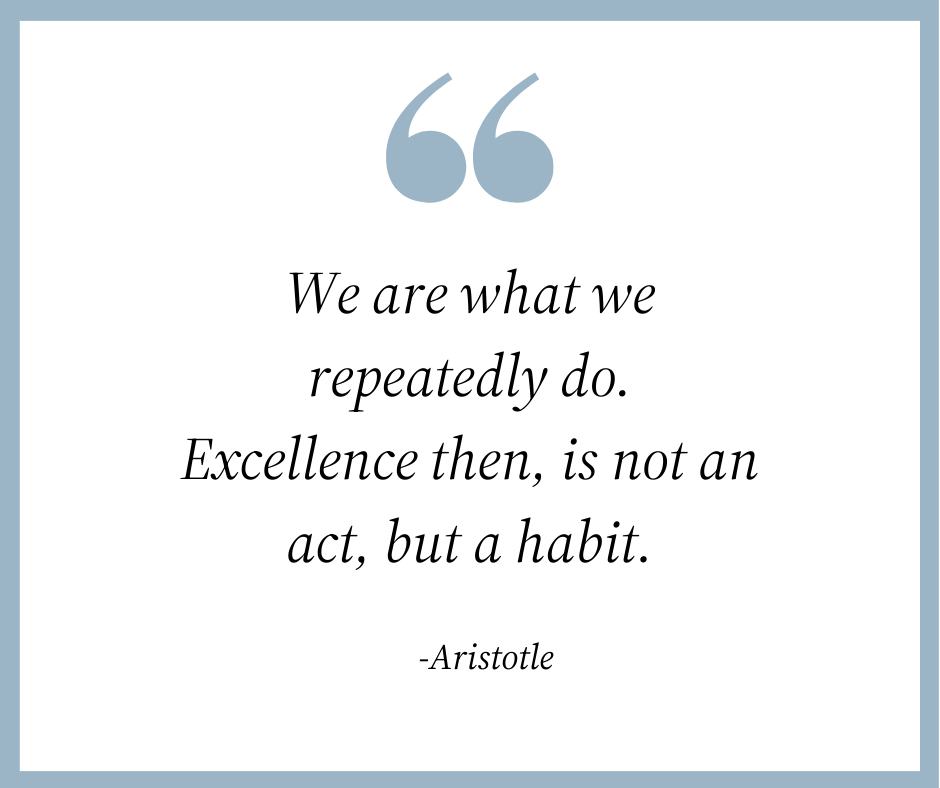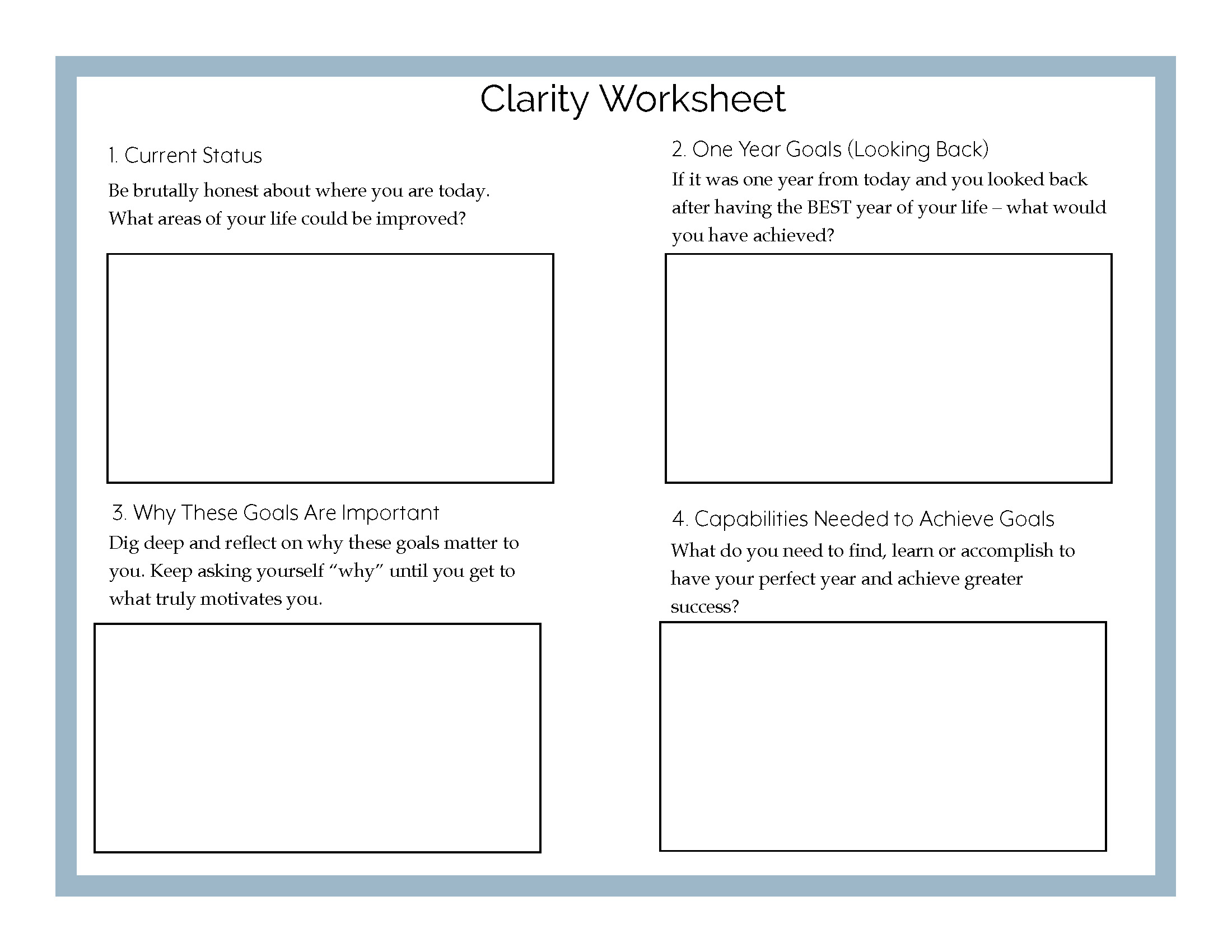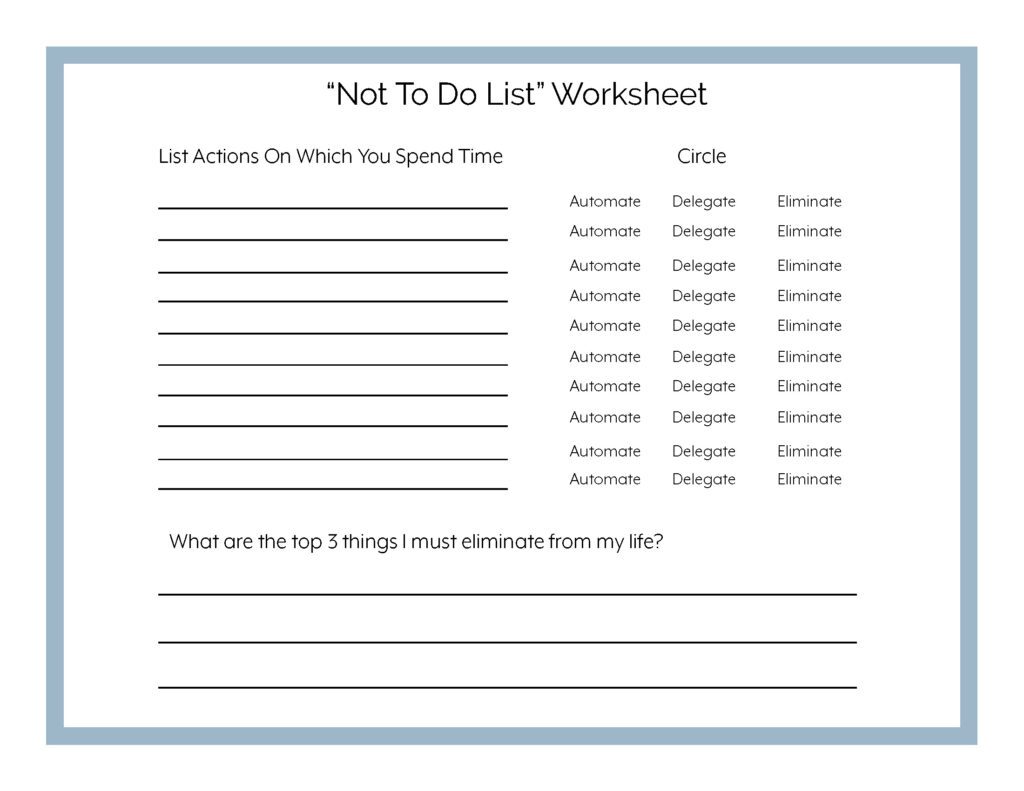Finding your work life harmony
From our conversations with hundreds of executives each year, we know that achieving work life harmony remains a significant challenge.
Keeping our different roles in steady equilibrium is often unrealistic, so Jeff Bezos coined the term “work life harmony” to replace “work life balance.” The work life harmony concept centers on the idea that when you strive for harmony instead of balance, your days and weeks can have a repeating pattern of tones and beats—work, family, friends, health, hobbies—that vary in accent and duration.
In this post, we will share strategies, tactics, and tools to make your life a bit easier and save you a few minutes here and there. Small, consistent changes will add up to big progress in your pursuit of work-life harmony. Commit now to acting on at least one of the concepts shared here.
The team at Kirby Partners is cheering you on in your pursuit of excellence and whatever work life harmony looks like for you.

1. Clarify your goals for better work life harmony
Where we focus is where we go
When we stop to reflect on our lives, many of us will realize that we’re like a car traveling at a very fast speed without stopping first to program our GPS.
Our “Clarity Worksheet” will help you focus your momentum on the right things. Grab a piece of paper and copy down these questions. Alternatively, you can print the worksheet from the PDF version of the post.
We encourage you to find a place with minimal distractions and take the time to reflect on your answers.

2. Perform at your peak
Build a morning routine
Standardizing the first 30-120 minutes of your day with a routine helps you get to the part of the day when most adults perform at their best, late morning, in the best possible mindset.
Here are some ideas you can incorporate into your morning routine:
- Make your bed
- Exercise
- Stretch
- Journal / reflect
- Affirmations
- Reading
Start with just a few of these ideas and decide what works best for you.
Even just getting up 15 minutes earlier can make a big difference in how your day will unfold.
For lower-stress mornings, set out your clothes, pack your lunch, fill your water bottle, and do as much as possible to get prepared the evening before.
Small wins and changes can add up. Reading 30 minutes each morning will add up to about 24 books a year on average, putting you in the top 1% of Americans.

Make time for rest and renewal
You simply must make rest a priority if you want to spend a long period of your life in a high performing career path.
More than 4 in 10 (46%) U.S. workers don’t use their paid time off according to a poll conducted by the Pew Research Center. Plan ahead and ensure you’re using your time off.
A study from UCLA Anderson School of Management showed that treating a regular weekend like a vacation made people significantly happier and more relaxed on Monday morning.
Treat yourself a few times a year to a weekend staycation. Let the chores slide and go play at the beach with your family or camp out in the backyard.
You don’t even have to DO anything to get the renewal of rest in your day. Researchers at the University of Lancashire Department of Psychology conducted a study that showed that unstructured time spent doing NOTHING increased creativity and reduced stress.
Create more margins in your life
Try scheduling a 15 minute buffer in between all of your calendar items as a matter of policy. Use this time for planning, dealing with urgent items or even just walking outside.
It’s worth the effort to audit your calendar to find inefficiencies as well. Use a process improvement and workflow design lens and apply that mindset to deconstructing your personal time.
Find the areas of your life where you tend to live close to the edge. Are you always running late? Running out of money? Running out of physical and emotional energy?
Take a good, hard look at the beliefs that are pushing you to live in these areas of your life with no margin. Develop a plan to explore and correct the distortions you have.
Draft your “not to do list”
Figuring out what NOT to do can be as powerful as adding another “to do” to your life. Use our “not to do” list to evaluate which of your routine tasks and activities can be automated, delegated, or eliminated.
When thinking about tasks to delegate it’s helpful to consider how much your time is worth. The simplest way to do this is to take two numbers:
- The amount of time you spend to earn money
- The amount of money you earn during that time
When determining how much time you spend making money include the total time spent, not just the hours you’re physically at work.
For example, if you spend one hour commuting to work and eight hours at work, then it costs you nine hours to earn money that day. If you’re unsure how much time you spend working, use 2,500 hours per year as a starting point.
The value of your time is just part of the equation; there are likely tasks that you loathe or aren’t good at, so those may make sense to outsource even if it costs you more than your hourly rate.

3. Work smarter, not harder
Take control of your email
Studies show that people with an email application open on their computer switch windows 37 times per minute and spend up to ¼ of their day on email wrangling.
To take back control, try implementing Inbox Zero principles:
- Silence notifications and check email at specific times
- Quickly eliminate as many new items in your inbox as possible by deleting or archiving messages
- Forward emails that can be delegated
- Respond immediately to emails that can be answered in two minutes or less
- Move messages that require a lengthy response to a “requires response” folder; set aside scheduled time every day to answer these emails
“Own” your schedule
Calendar blocking is one of the most useful tools for taking control of your schedule. Essentially, calendar blocking is scheduling your to-do list against your calendar. You block off the time you’ll be working on a specific project ahead of time, and then during that time, you work on that project.
Why is this important? Interruptions break your momentum. It takes an average of 15 minutes to return to a task after a disruption. Our electronic beeps and alerts can be the biggest source of misdirected attention.
When you start one of your calendar blocks to work on a focused task, put your phone away or try installing a phone lock app, designed to limit usage during set times.
Also, consider implementing “office hours” where team members can stop by to discourage interruptions at less optimal times.
Consider what meetings are necessary within your scope of authority and trim unnecessary meetings from your schedule.
Try the pomodoro technique
The pomodoro technique was developed in the 80s and is named after the Italian word for tomato—which was the shape of the kitchen timer used by its creator.
The technique uses a timer to break down work into intervals called pomodoros, traditionally 25 minutes in length, separated by short breaks.
- Decide on the task to be done
- Set your timer for 25 minutes
- Work on the task
- End work when timer rings, and put a checkmark on a piece of paper
- If you have fewer than four checkmarks, take a short break (3–5 minutes), then go back to step 2
- After four pomodoros, take a longer break (15–30 minutes), reset your checkmark count to zero, then go to step 1

Honor your natural energy cycle
Research has determined that the human body has a natural energy cycle that is the same each day.
We begin the day alert and energy levels begin to decline after lunch, hitting a low after 3 p.m. We often blame this on lunch, but it’s a natural function of our circadian rhythms.
Alertness then increases again hitting another peak around 6 p.m., declining until it’s time to sleep. Night owls have this same pattern of peak energy and alertness but it’s shifted later.
By organizing your tasks around your natural energy flow, you can achieve optimal efficiency. Your most important tasks should be conducted when you are at or near your peaks in alertness. Your least important tasks should be scheduled when alertness is lower.
Batch your work
Batching is a strategy in which you group similar tasks together and do them consecutively.
This allows you to focus better, which in turns improves productivity and performance. Another key benefit of batch working is that there’s “less ramp” up time.
For example, if you have to evaluate the performance of several of your managers, dedicate a number of hours to do so, and get as many evaluations done as possible in that time. For the best results, give yourself a five to 10 minute break every 90 minutes.
To get started:
- Get out your to-do list
- Group similar tasks by their function (e.g. email, calls, meetings, housework, errands) and location (e.g. home, computer, downtown, car)
- Split your days into segments and assign each task category a dedicated window of time
Simplify your tracking methods
Productivity guru David Allen has developed what he calls the Five Step Process for tracking “to dos.”
- Capture 100% of what has your attention – little, big; personal and professional; write down everything that you need to accomplish.
- Process what it means – Is it actionable? If not, trash it or save it to your long term list. If yes, than decide the next action required. If it takes less than 2 minutes, do it now. If not, delegate it or put it on a list for when you can.
- Keep several lists organized by theme in locations that make sense. Each has its own category and location – a list of phone calls to make would be stored on your phone, errands to run in your car console, emails to send on your work desktop, etc.
- Review Frequently – Do a weekly review to clean up, update, and clear away unnecessary items.
A Kanban chart can be a great way to keep tracking tool as well. You set up four columns: Ideas, To Do, Doing, and Done. Then, you put tasks on Post-Its and move them across the board each morning and afternoon. It’s a great way to remind yourself and your family of what is in “flight”. You can color code for people or task types.
Implement daily check-ins for better work life harmony
- Am I spending my time the way I want to?
- Have I set boundaries to protect the most important parts of my life?
- Are my habits and routines in line with my priorities?
- Have I communicated my priorities to the people closest to me?
- Do I have a system to identify and prevent burnout?
Another tip is to track how much time you use social media daily and replace just HALF of that time with another activity that you find renewing and refreshing.
The iPhone makes it really easy to see exactly how you’re spending time with its “screen time feature”; you can see exactly how much time you’re wasting on non-essential tasks, set limits for yourself, and give yourself password-protected “curfews” if you struggle with social media self-control.
Hone your focus by implementing “sprints” or “seasons”
When faced with a large project to complete, see it as a series of tasks that can be accomplished week by week, rather than becoming overwhelmed when looking at the project as a whole.
A personal sprint can be working to get ready for a 5K rather than the huge goal of “losing 20 pounds and lowering your blood pressure.”
Try picking a “theme of the week” to focus on and sprint your way to making a really dent in your action plan.

4. Aim for continuous improvement
We often get stuck in a default mode of being hard on ourselves or trying to make a lifestyle work because we are supposed to or everyone else is doing it.
When you think of your own life as a process of continual improvement, each day is an opportunity to get closer to work life harmony.
Pay attention to what doesn’t work, to what doesn’t feel right, and make adjustments.
Track the results and keep doing what works for you. Drop the stuff that doesn’t, guilt-free.
In the IT world, scope and requirements change; the same goes for your life.
Start your journey towards better work life harmony today
Ultimately, achieving work life harmony is a continuous journey that requires self-reflection, planning, and a willingness to make adjustments.
By clarifying your goals, creating a morning routine, making time for rest and renewal, and implementing strategies to work smarter, you can take control of your time and energy. Regularly assess what’s working and what’s not, and don’t be afraid to make changes when necessary. You’ll develop habits that support your personal and professional growth by staying committed to your goals and open to new strategies.
At Kirby Partners, we understand the challenges of maintaining work life harmony. We hope the strategies, tactics, and tools shared in this post will help you create a life that aligns with your values and priorities.
Remember, excellence is a habit, and by consistently making small, positive changes, you’ll be well on your way to achieving the work life harmony you desire.
(Here’s a PDF version of this post if you’d like it for reference: Kirby Partners’ Guide to Work Harmony.)